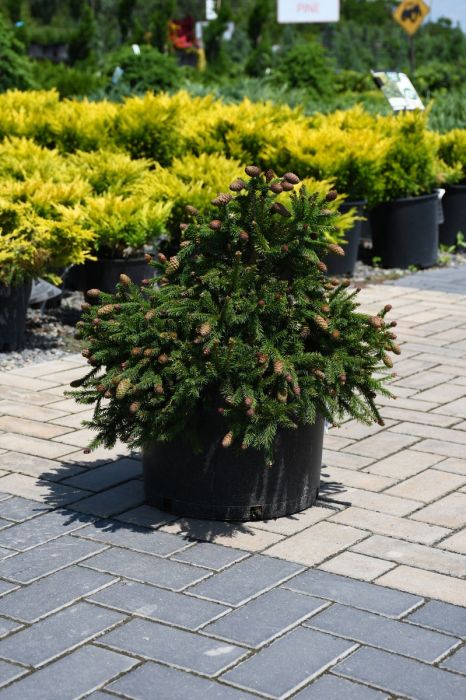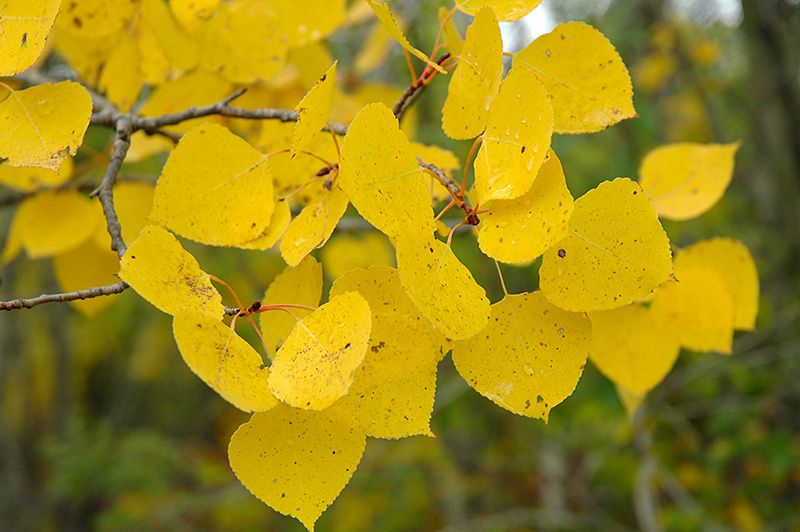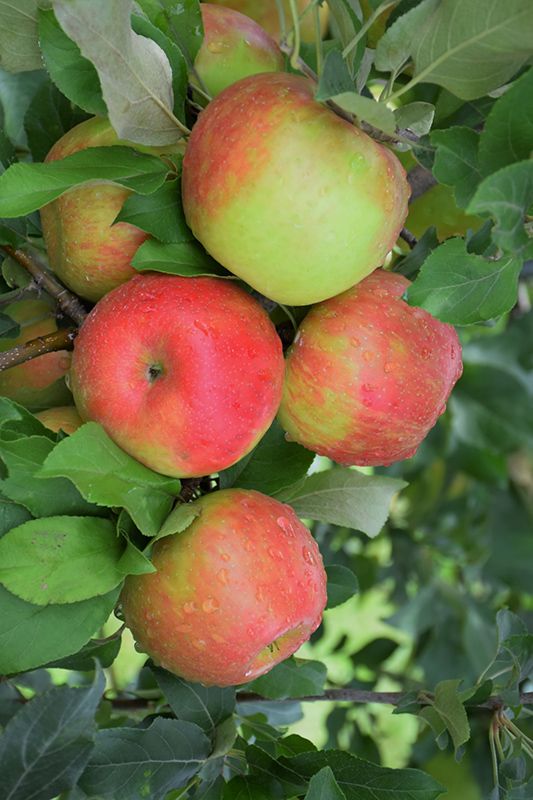Picea, Norway Spruce 'Pusch'


- Sun Preference
- Full-Sun
Description
A slow-growing dwarf conifer with lime green new growth that matures to deep green; distinctive red cones in spring mature to brown and persist to the next year; adaptable and hardy
Minnesota's Largest Selection of Trees
At Minnesota's Destination Garden Center, we offer a diverse range of trees to suit any landscaping need. Whether you're looking for shade trees to cool your home or ornamental trees to add beauty and interest, you'll find the perfect tree at Gertens. Our knowledgeable staff can help you select the right tree for your space and provide tips for care and maintenance. Visit Gertens today and explore the unmatched variety of trees to enhance your outdoor environment!
Details
Height: 4 feet
Spread: 5 feet
Sunlight:![]()
![]()
Hardiness Zone: 3a
Other Names: Norwegian Spruce
Description:
A slow-growing dwarf conifer with lime green new growth that matures to deep green; distinctive red cones in spring mature to brown and persist to the next year; adaptable and hardy
Ornamental Features
Pusch Spruce is primarily grown for its highly ornamental fruit. The red fruits are held in abundance in spectacular cones in mid spring. It has forest green foliage which emerges lime green in spring. The needles remain forest green throughout the winter. The flowers are not ornamentally significant.
Landscape Attributes
Pusch Spruce is a dense multi-stemmed evergreen shrub with a more or less rounded form. Its relatively fine texture sets it apart from other landscape plants with less refined foliage.
This is a high maintenance shrub that will require regular care and upkeep. When pruning is necessary, it is recommended to only trim back the new growth of the current season, other than to remove any dieback. Deer don't particularly care for this plant and will usually leave it alone in favor of tastier treats. It has no significant negative characteristics.
Pusch Spruce is recommended for the following landscape applications;
- Accent
- Mass Planting
- General Garden Use
Planting & Growing
Pusch Spruce will grow to be about 4 feet tall at maturity, with a spread of 5 feet. It tends to fill out right to the ground and therefore doesn't necessarily require facer plants in front. It grows at a slow rate, and under ideal conditions can be expected to live for 50 years or more.
This shrub does best in full sun to partial shade. It does best in average to evenly moist conditions, but will not tolerate standing water. It is not particular as to soil type or pH, and is able to handle environmental salt. It is highly tolerant of urban pollution and will even thrive in inner city environments. This is a selected variety of a species not originally from North America.
| SKU | Container Size |
| E1262 | #3 Container (3 Gallon) |
| E1264 | #7 Container (7 Gallon) |
| E1266 | #7 STD Container (7 Gallon) |
* Not all container sizes may be available at this time. See store for details on specific container size availability.
More Information
| Tree Type | Evergreen |
|---|---|
| Sun Preference | Full-Sun |
| Mature Height (Range) | 2 - 5 feet |
| USDA Hardiness Zone | 3, 4, 5, 6, 7 |
| Common Family Name | Spruce |






